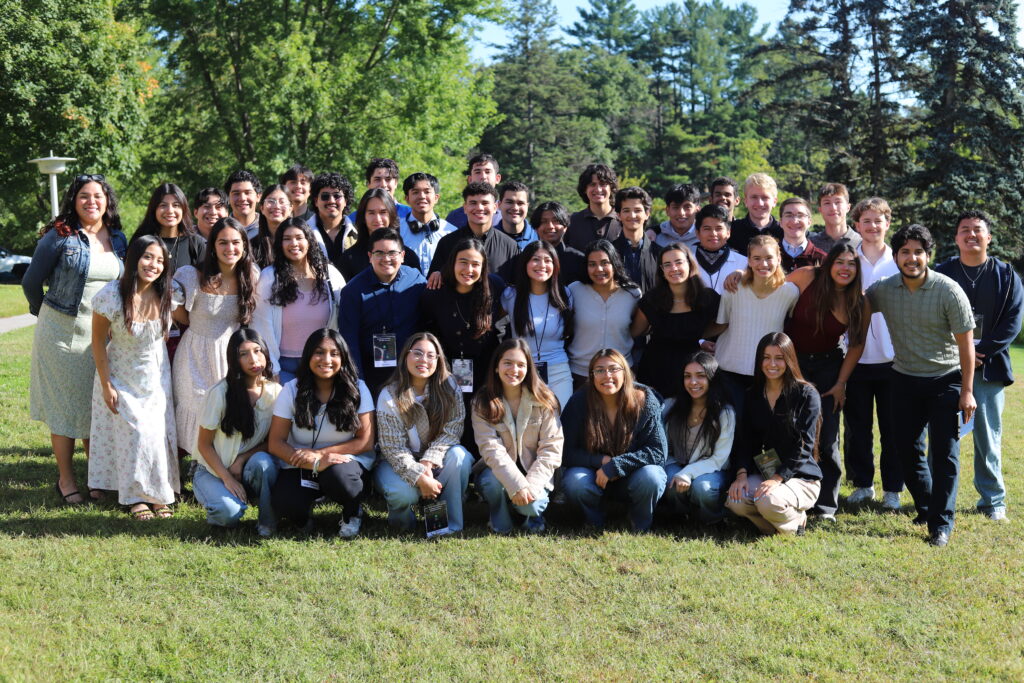As states around the country continue responding to COVID-19, a new pressing need has emerged: People with knowledge of COBOL (Common Business-Oriented Language) coding, a decades-old programming language the majority of mainframe computers – including government unemployment systems – still run on.
COBOL was originally developed in 1959, according to the National Museum of American History, and built many of the mainframe systems throughout the following decades. Recently, though, it has fallen out of favor with coders, creating a huge vacuum of people with COBOL skills even as the need for those skills grows.
St. Thomas in fall of 2019 launched a graduate certificate in enterprise computing in an effort to begin meeting the huge oncoming need as an aging workforce of COBOL coders moves into retirement. School of Engineering Associate Dean of Graduate Programs Bhabani Misra estimated 60-70% of all computing power is in mainframe computers built on COBOL programming. A 2017 report by Reuters found that there are still 220 billion lines of COBOL in use today. 43% of banking systems are built on COBOL and 95% percent of ATM swipes rely on COBOL code.

Dr. Bhabani Misra, associate dean of Graduate Programs in Software in the School of Engineering
We caught up with Misra to ask him about this COBOL shortage, how St. Thomas is trying to help address it and his prediction that someone who gets into the COBOL coding field will rise to the top very quickly.
COBOL programming is in the news right now as so many state systems run on older mainframes with that code, which is causing issues with these huge number of unemployment filings. Why are so many systems still on this code?
People do not realize that almost 60-70% of computing programs are in mainframe computers. All financing industry, health care industry. You go to Target, the computer behind the scenes doing everything; same thing across health care, all industries. IBM was the pioneer of mainframe computing, and everything is still happening there.
For example, in the financial industry, the underlying programs that were developed over 50 years back, were all in COBOL. … The whole problem, because of that program that still runs everything, requires someone to maintain it. … Software maintenance of those COBOL programmers was hard and depended on individual maintenance. It is so human intensive to manage something like that. We need people who know the programming.
The second thing that’s happening, mainframe constitutes large computing power but no one pays attention to it. It’s not sexy. It’s not AI, machine learning. Therefore, the past decades of people have moved away from mainframe programming. Those working in that field, 65% of mainframe workers are retiring in next two years. There’s an acute shortage of that skill set.
Last year we created a program specifically with this skill set so they can be useful in the marketplace right away.
There’s an effort in a lot of governments and companies to move away from COBOL, but in many ways that sounds difficult to do. Is it going to continue to be around in the future?
COBOL programming language has undergone change. It’s not the same COBOL that existed 50 years back. The language has become more refined and useful. Many applications that were written then, many companies have not updated to newer languages. It’s hard to do that. That’s part of why it’s bound to stay for a while.
You might not have guessed this massive unemployment increase that would create such an acute issue, but is it safe to say you’re not surprised about a shortage of COBOL programmers becoming problematic like this?
I’m not surprised. We’ve been aware of this for six, seven years. I’ve gone to IBM meetings, presentations. They’re aware of this. There’s a constant conversation about this in companies that use mainframe systems. It’s now the public getting aware. It’s a known program; it’s not a new thing. It’s not surprising.
There are states putting out huge calls for people with this experience. How are we going to address this shortage issue?
This problem has been recognized, realized. COBOL, the language, is not the problem; along with the language is the underlying system itself. Skilled people are not there, or they are now retiring and aging out. We don’t have enough people who understand it any more. If someone gets into that field, I can predict with certainty they will rise to the top very quickly. There is a vacuum in that field; there’s huge potential for people to grow and do well with long-term jobs. I’ve been saying this all the time. We’ve started now. We’ve created a program to address this vacuum and keep up with industry needs.







